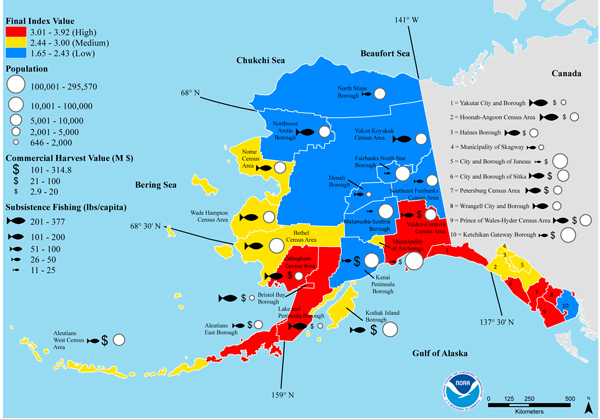
Shellfish are particularly vulnerable to ocean acidification, and colder waters are becoming more acidic than warm waters. What does this mean for Alaska and its fisheries – especially crabs and oysters? Or for the food chain that feeds other species in the ocean? The answers are beginning to come in from the scientific world, and we’ll learn more about ocean acidification on the next Talk of Alaska.
HOST: Steve Heimel, Alaska Public Radio Network
GUESTS:
- Jeremy Mathis, director, Ocean Environment Research Division, NOAA Pacific Marine Environmental Laboratory
- Callers statewide
PARTICIPATE:
- Post your comment before, during or after the live broadcast (comments may be read on air).
- Send e-mail to talk [at] alaskapublic [dot] org (comments may be read on air)
- Call 550-8422 in Anchorage or 1-800-478-8255 if you’re outside Anchorage during the live broadcast
LIVE Broadcast: Tuesday, February 17, 2015 at 10:00 a.m. on APRN stations statewide.
SUBSCRIBE: Get Talk of Alaska updates automatically by e-mail, RSS or podcast.
sheimel (at) alaskapublic (dot) org | 907.550.8454 | About Steve




